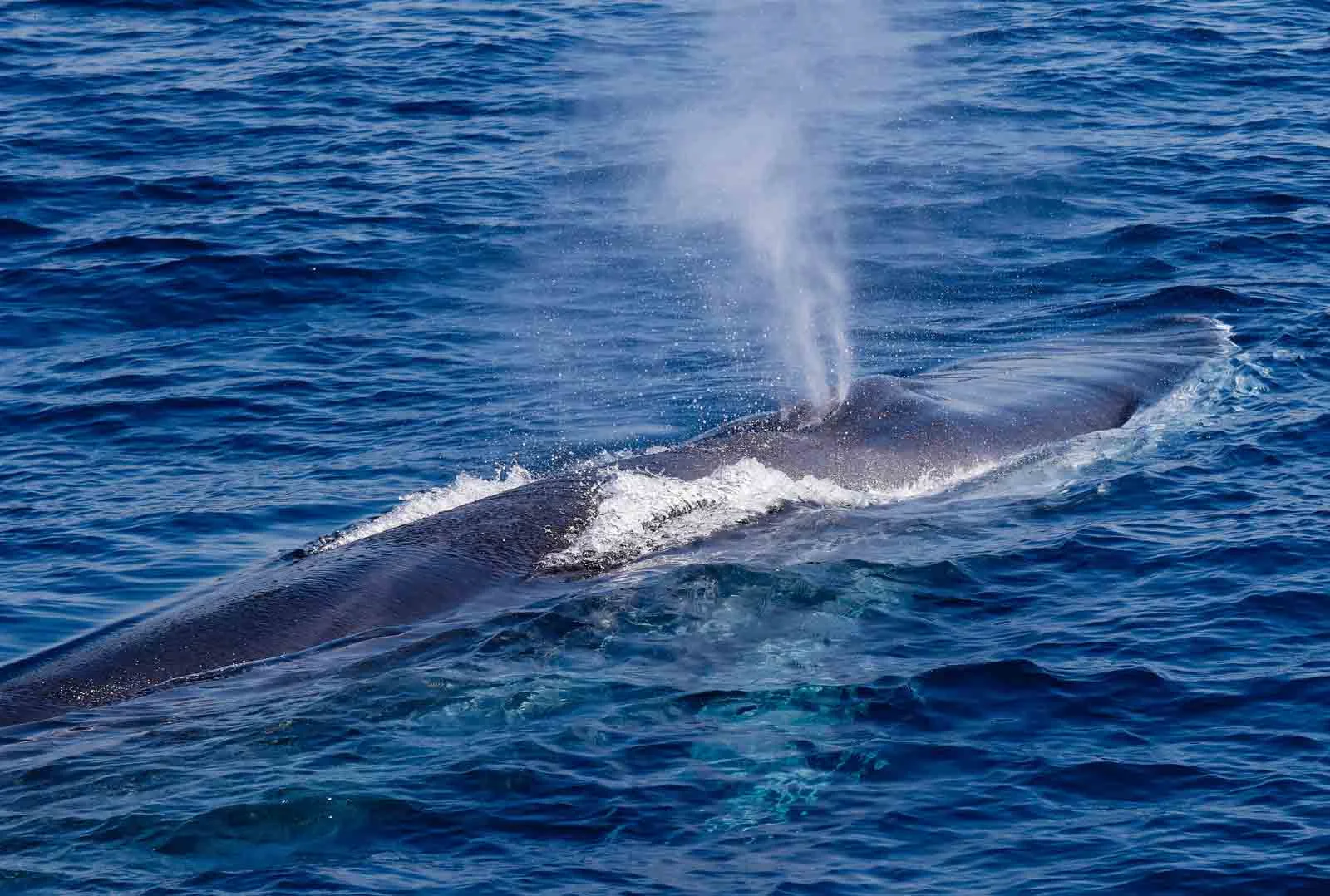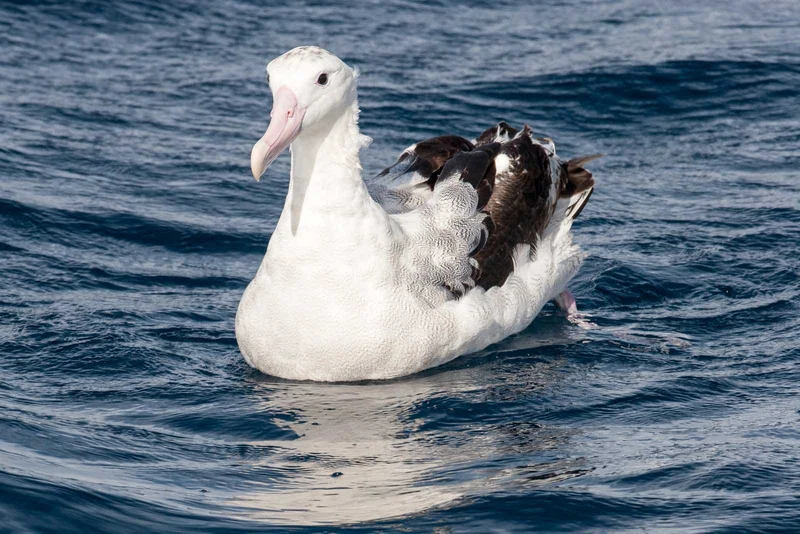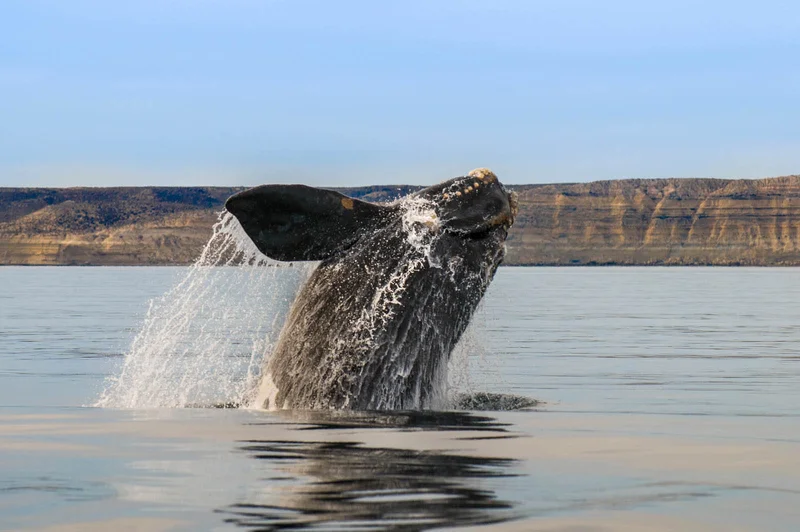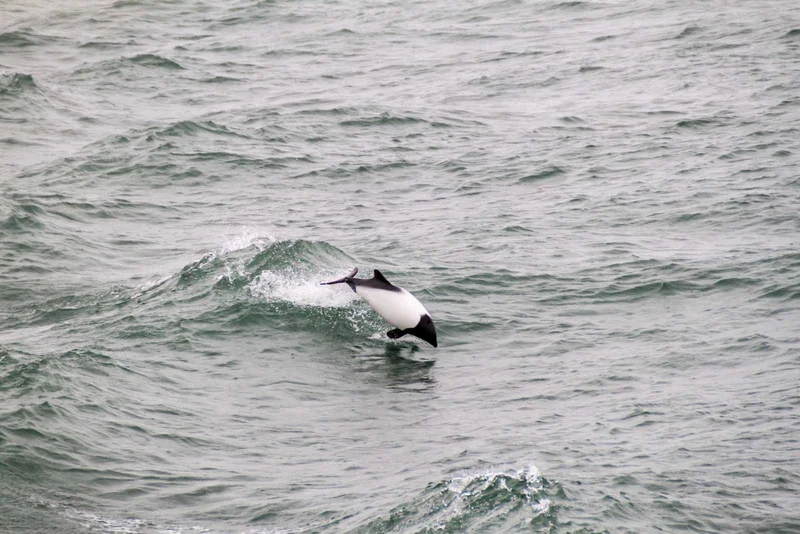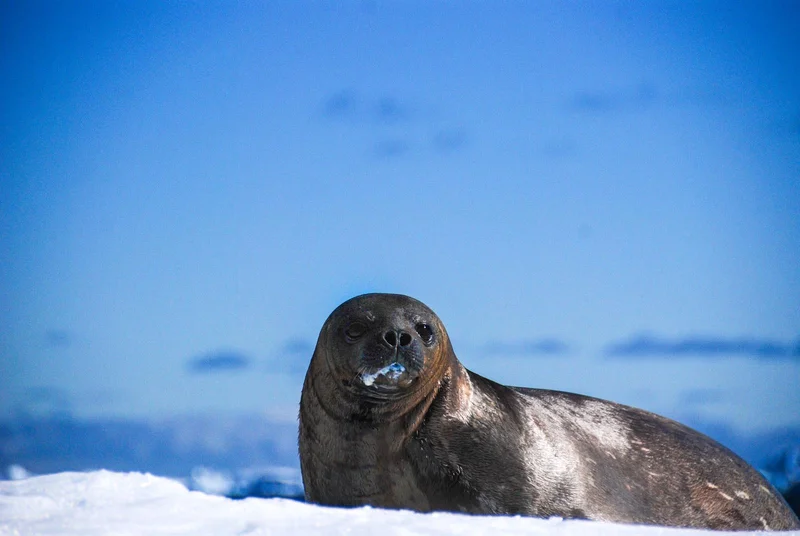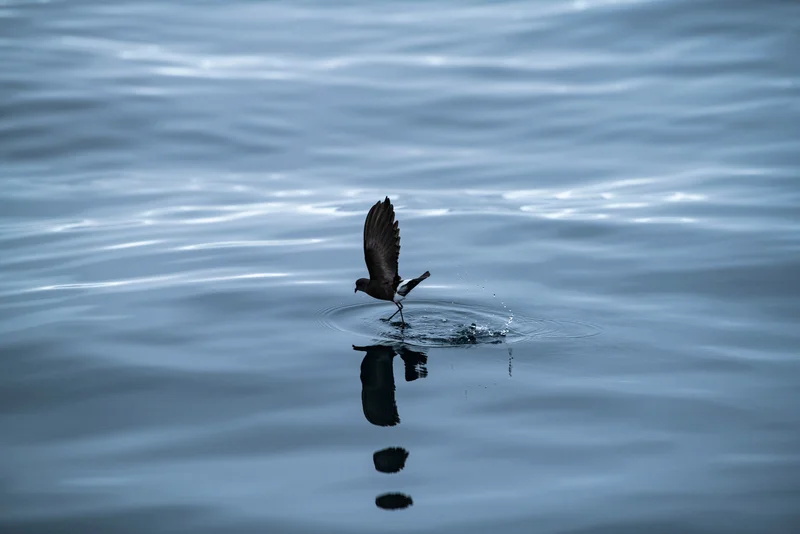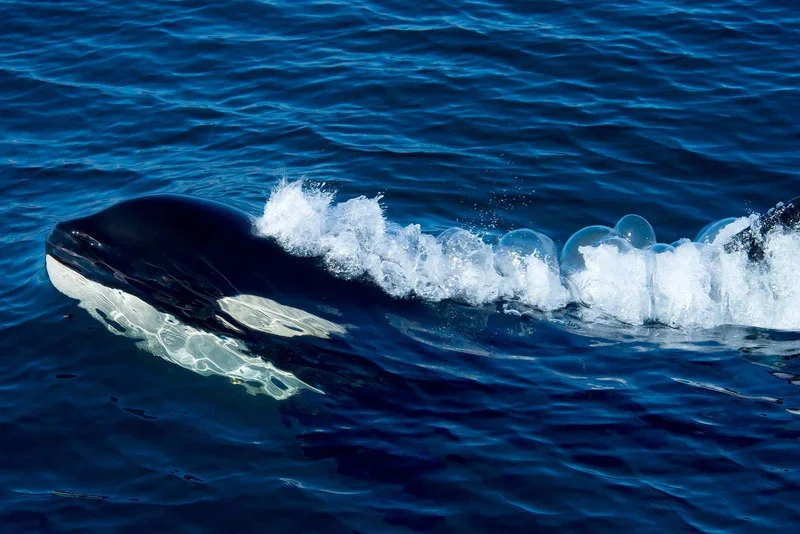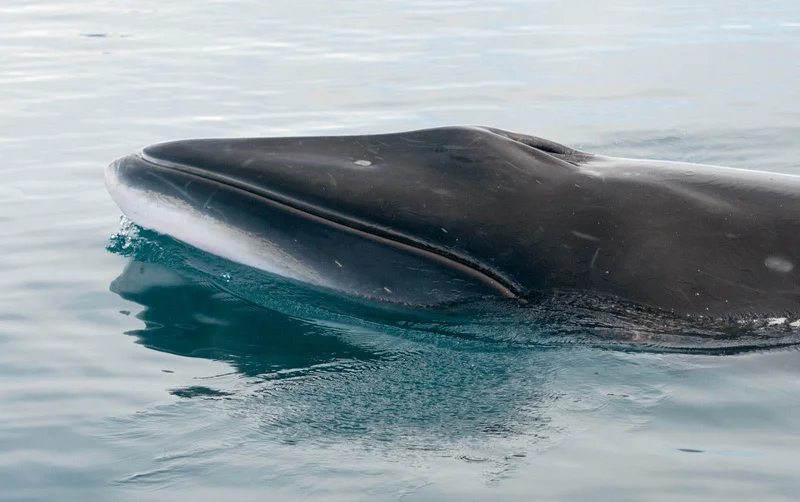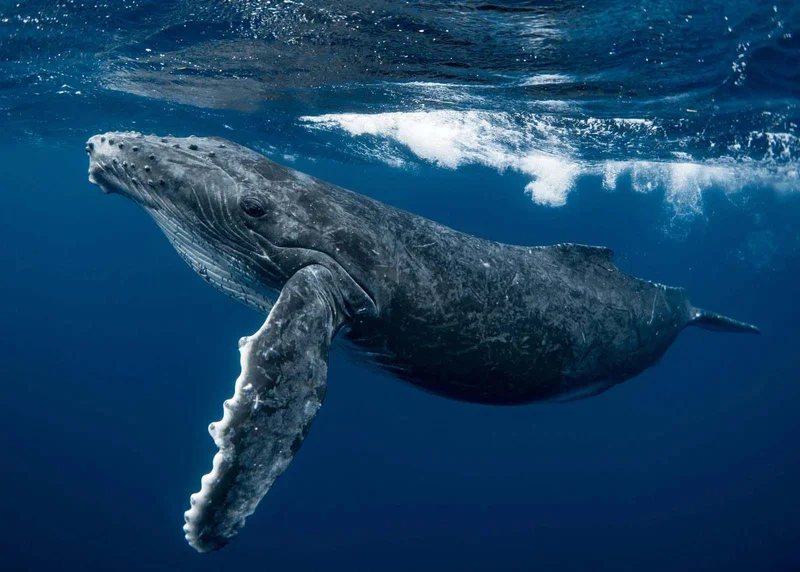Essential Fin Whale Information
The fin whale, also called the finback or formerly the razorback whale, ranks as the second-largest animal on Earth, only surpassed by the blue whale. These enormous creatures can reach up to 27 meters (90 feet) in length and weigh 72 tons. Though they are found throughout the Atlantic Ocean and near both poles, fin whales in the southern oceans tend to be larger than those found in the north.
Nicknamed the "Greyhound of the Sea"
Despite their immense size, fin whales are known for their speed and agility, earning them the nickname "greyhound of the sea." With their slender, streamlined bodies, they can swim at a steady 25 mph and even reach bursts of 30 mph, making them faster than many other whale species.
Social Behavior
Fin whales are more social than most baleen whales, often found in small groups of 6 to 10 individuals. In nutrient-rich waters, groups of up to 100 fin whales have been observed feeding together.
Diet and Feeding Habits
Like blue whales, fin whales are baleen whales. They use their baleen plates to filter-feed on krill, small fish, squid, and crustaceans. Their unique brown-gray coloring and distinctive white markings on their lower jaws help differentiate them from other whales.
Population and Conservation
Fin whales were extensively hunted throughout the 20th century, particularly in the southern oceans, which led to a significant decline in their population. By 1997, their southern hemisphere numbers were estimated at only 38,000, with the global population hovering around 100,000. Although they have made some recovery since the moratorium on commercial whaling, they are still classified as vulnerable.
On polar expeditions, fin whales are most often seen offshore, particularly around the continental shelf. Expert guides will help you distinguish between fin whales and blue whales during sightings and answer questions about these magnificent marine mammals.
Interesting Facts
- Fin whales have asymmetrical coloring: the right side of their jaw and baleen is white, while the left side is darker. This may assist in scaring prey and helps distinguish them from the smaller sei whale.
- Fin whales have been known to swim faster than ships, effortlessly overtaking them in search of prey.
